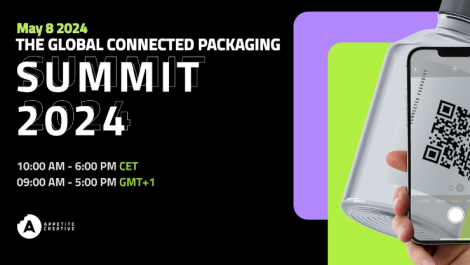A London technology start-up, Tamoco, has teamed up with BMW to create Europe’s first magazine advertising campaign enabled with near-field communication (NFC) tags.
The company placed small chips inside a magazine allowing it to track and analyse readers’ responses using its cloud-based software platform.
Tapping a smartphone once on the advert instantly downloads the BMW i app. Using Tamoco’s platform, customers interacting with the print ad are directed to the most relevant content, based on which operating system they use or how often they have tapped the advert previously.
A quarterly spin-off of the world-renowned Der Spiegel, is the first European magazine to ever use the technology in this way. Spiegel Wissen: Das Auto von Morgen, (The car of tomorrow) features a four page BMW i3 and i8 advert.
Merging new and old technology is increasingly being seen as a vital route to helping publishers stem declines in traditional ad revenues which still underpin their businesses. According to a recent report by PwC, print advertising revenue will fall 4% to $12.8 billion in 2014, dropping to $9.3 billion by 2018. Consumer magazines’ digital advertising revenue climbed 22.4% to $3.9 billion in 2014 and will reach $7.6 billion by 2018, it claimed.
Low cost ways to combine online and offline campaigns could prove crucial in cutting costs but delivering better value for publishers and brands.
The two-year old company has pioneered this technology with campaigns run on behalf of leading global brands. In New York, queues of people piled into the phone giant AT&T’s shops as part of a tie-up with the Tribeca Film Festival. One customer every four seconds interacted with the promotion.
In London, the company placed NFC tags into beer mats so party-goers could order taxies home, with Uber tempting new customers through vouchers.
The company says that a key benefit of using its proximity technology in this way is giving marketers access to real-time analytics. This enables firms to understand how people interact with their campaigns while plugging in other data sources they may have access to, such as sales histories. By combining these data with information collected from Twitter, Facebook and other sources, brands can build up valuable insight on their customers.
The ultimate aim is for brands to be able to tailor their marketing output to deliver a better customer experience. Engaging responsibly ensures those who want to be talked to are communicated with in a way that is both personal and ultimately, entertaining.
Norbert Facklam, managing director, Spiegel, said, ‘This new technology is a fantastic example of successful media convergence – The world of print is being connected to the online world through a remote device. Our customers have an attention-grabbing form of advertising available, which they can use to break new grounds in communication.’

